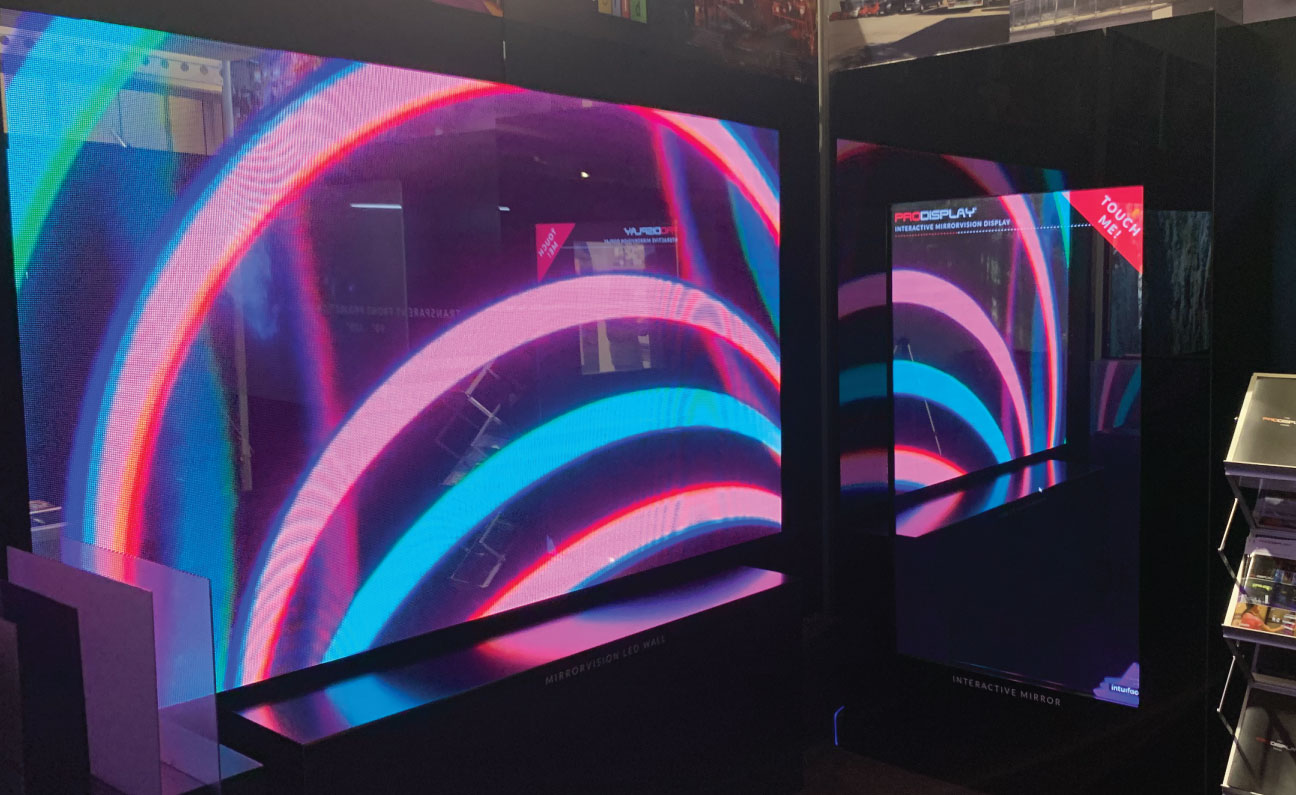A Thorough Comparison of Different LED Video Screen Technologies and The Applications
A Thorough Comparison of Different LED Video Screen Technologies and The Applications
Blog Article
LED video screens have become more popular in different environments, including concerts, sports competitions, as well as corporate meetings. These large big displays are made up of many small LED modules that function collectively to create a cohesive unified visual. There are different kinds of Light Emitting Diode display screen technologies on the market, each having its unique features as well as advantages. Grasping these technologies options can assist businesses and organizations choose the right solution for their particular requirements.
One common kind of LED display screen technology is the directly viewed LED. This technology utilizes individual Light Emitting Diode units that are placed near together to create a big display. Direct view Light Emitting Diode screens are known for their high luminosity and lively colors, making them perfect for external events and well-lit illuminated environments. They also have a broad sight angle, which indicating that viewers can see the screen distinctly from different positions. This renders directly viewed LED walls a favored option for sports arenas and external events.
Another type of LED display screen solution is the LED-backlit LCD. This solution merges conventional Liquid Crystal Display displays and Light Emitting Diode backlighting to enhance luminosity and hue precision. LED-backlit LCDs are often used in indoor environments, including shopping malls and conference spaces. These displays provide excellent image quality and are typically more cost-effective than directly viewed Light Emitting Diode walls. However, they may not function as well in bright environments, as the illumination can occasionally dull the colors.
Another third option is the OLED video screen. Organic Light Emitting Diode solution offers exceptional differentiation as click for more info well as hue richness in relation to alternative types of displays. Each pixel in an Organic Light Emitting Diode display produces its own light, enabling for genuine blacks and vibrant hues. Such makes Organic Light Emitting Diode video walls particularly appealing for applications that require high-quality images, including gallery exhibitions and luxury shopping outlets. However, Organic Light Emitting Diode solution can be more expensive while may often be as bright as direct view LED walls, making it less suitable for outdoor applications.
In addition to these options, various additionally various applications for Light Emitting Diode display screens. They can be used for promotion, amusement, and data display. For instance, companies commonly utilize Light Emitting Diode video walls for digital advertising to attract customers and advertise products. In amusement, these displays enhance the sight experience at concerts as well as events, providing lively backdrops and engaging images. In corporate environments, Light Emitting Diode display walls can be used for presentations, video meetings, as well as training sessions, aiding to communicate information through a aesthetically appealing way.
To summarize, Light Emitting Diode display screens come in different types, every with its unique benefits and uses. Directly viewed LED walls are great for external applications, while LED-backlit LCDs are more appropriate for indoor settings. Organic Light Emitting Diode video screens offer superior image clarity yet may come at a higher price. Understanding the differences variations can help entities make informed choices about which type of Light Emitting Diode video screen most meets their requirements, whether for promotion, amusement, or business use.